On Sunday we drove from Zedelgem near Brugge to Wormerveer, which is to the north-west of Amsterdam. We’re staying here until Friday so we can explore Amsterdam and surrounds.
On our way north, we visited the Windmills at Kinderdijk, just east of Rotterdam. It’s the largest concentration of old windmills in the Netherlands, and we really enjoyed seeing them and having a look inside the 2 mills which are now set up as museums. The 19 mills at Kinderdijk were all used to pump water, as opposed to the sawmills, oilmills, dyemill and grainmill that we saw the next day at Zaanse Schans, just down the road from where we’re now staying.
The older of the 2 museum mills, the Blokweer, is also the oldest mill of all the Kinderdijk mills. Built sometime in the 16th century, exact date unknown. The living quarters inside the mill are as they were in the 1950s. When we visited, the mill was working and it was quite noisy both inside and outside the mill. I commented to Greg that industrial deafness must have been a family affair back when each mill had a miller and his family living in them. In fact, the mills do still have millers and their families living in them, but the area isn’t reliant on these mills to pump water as there now are 2 huge diesel pumping stations to do the work. As well as seeing inside the mill, we wandered around the snow-covered small-holding, where the miller and his family raised livestock and grew fruit and vegetables for their own consumption.
From the postcards in the gift-shop, I gather the fields around these windmills are full of flowering tulips in Spring, but they were all looking very white and bare when we were there
The rest of the mills were built in the first half of the 18th century. We also visited the Museum Windmill Nederwaard, which is a ‘ground-sailer’ that was built in 1738. The last inhabitant left the mill in the 1950s, and the living quarters were preserved, with lots of earlier memorabilia and photos also on display. One family who lived in that mill had 13
children! There were alcove beds tucked into corners on 3 floors of the mill. The ‘master bedroom’ was an alcove bed in the living room, which had the mill’s only source of heating, and there was a built-in cradle at the foot of the bed. The mother cooked and washed in a separate brick building. She was tragically killed by one of the windmill’s blades when she got too close to it trying to keep one of her kids safe.
The closer we got to Amsterdam, the more snow there was on the ground. It had snowed up until sometime on Sunday morning, and even now there are still patches lying mostly in shady areas. We’re staying in an Airbnb apartment in Wormerveer until Friday. It’s right on the Zaan River and our apartment is right across the river from Olam Cocoa, one of the largest cocoa processing factories in the world! We can smell the cocoa when we’re outside.
On Monday we visited Zaanse Schans, which has a great collection of windmills and historic buildings from the late 16th century onwards. Some of the buildings were moved from elsewhere in the 1960s & 70s, and in addition to the mills and museums, there are shops and residential houses. We walked around the area, still very snowy in parts from the weekend’s snowfall. There were a few people like us, wandering around looking at things, plus locals going about their daily business. The nearby high school had just finished for the afternoon and there were lots of kids riding home, plus a few walking home.
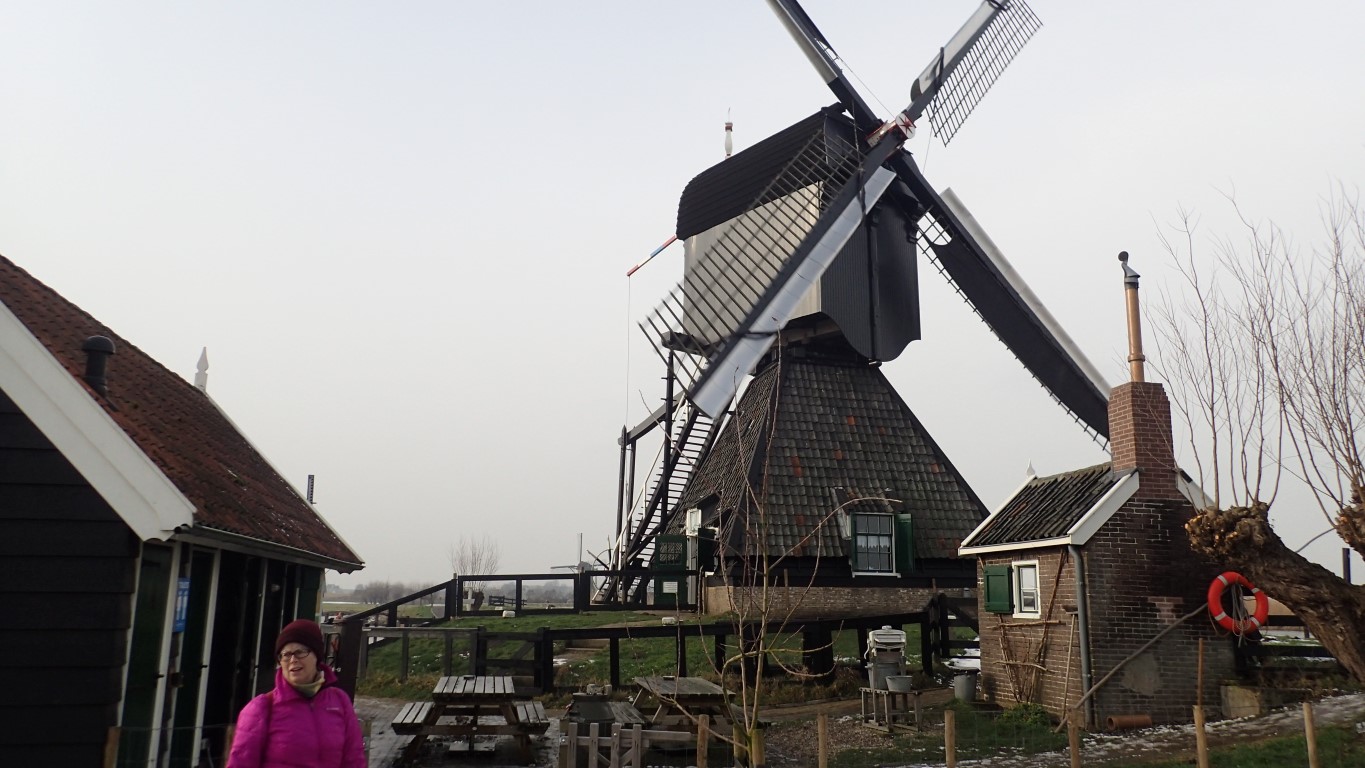
Kinderdijk windmill built in 1600
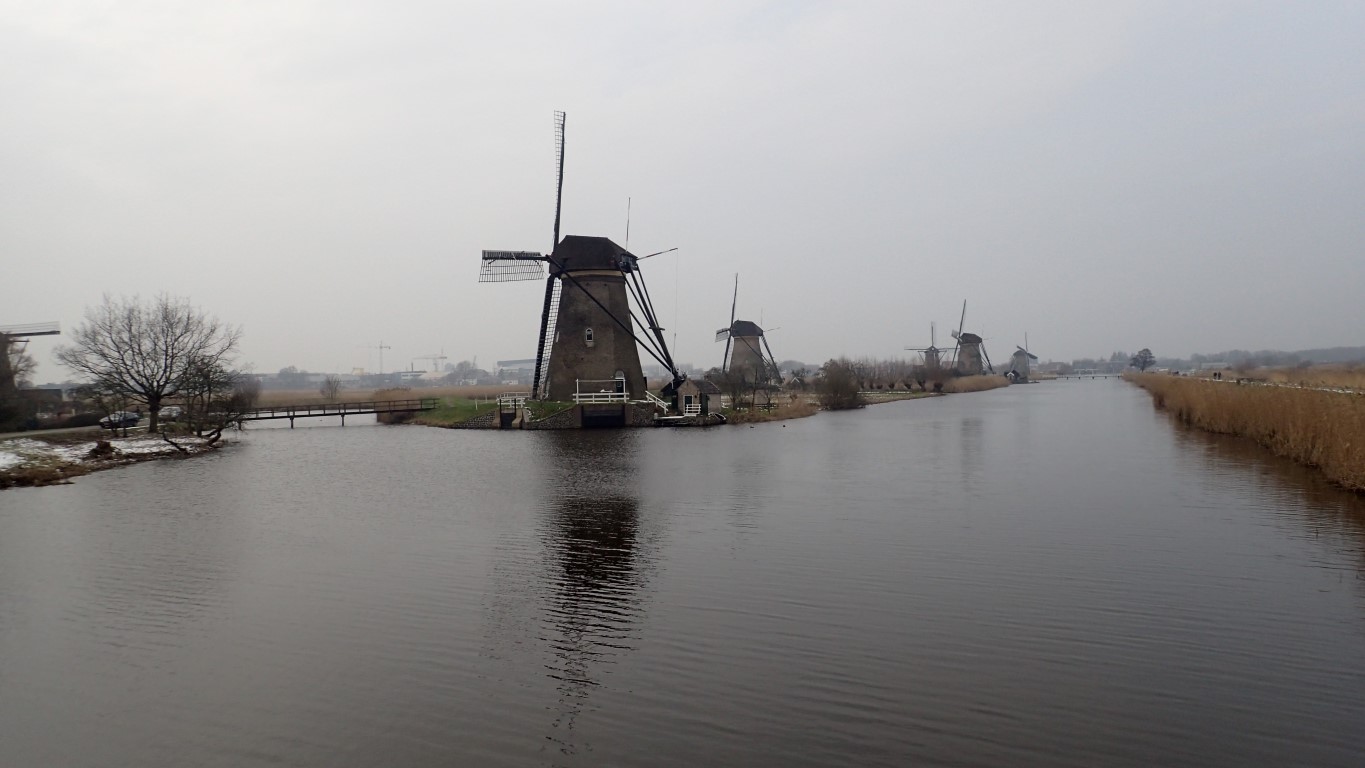
Kinderdijk windmill
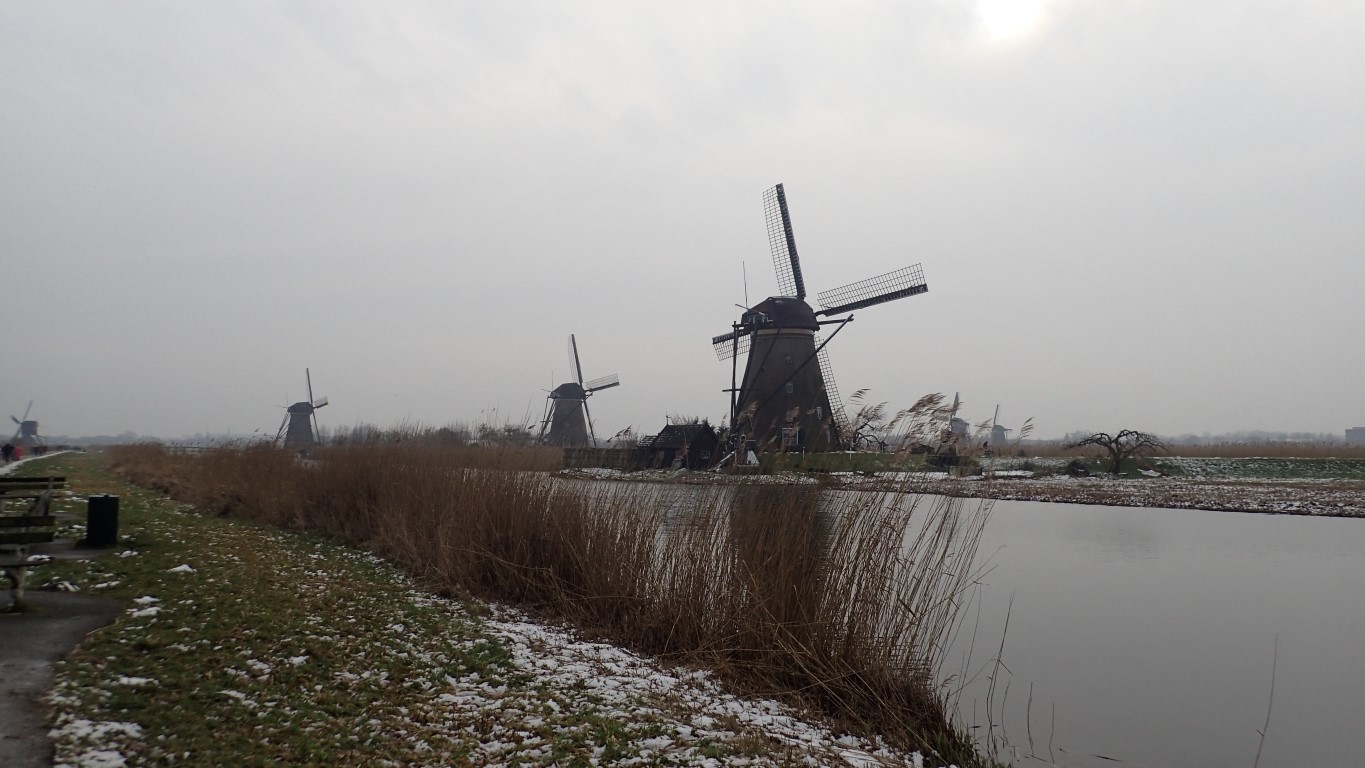
Kinderdijk windmills
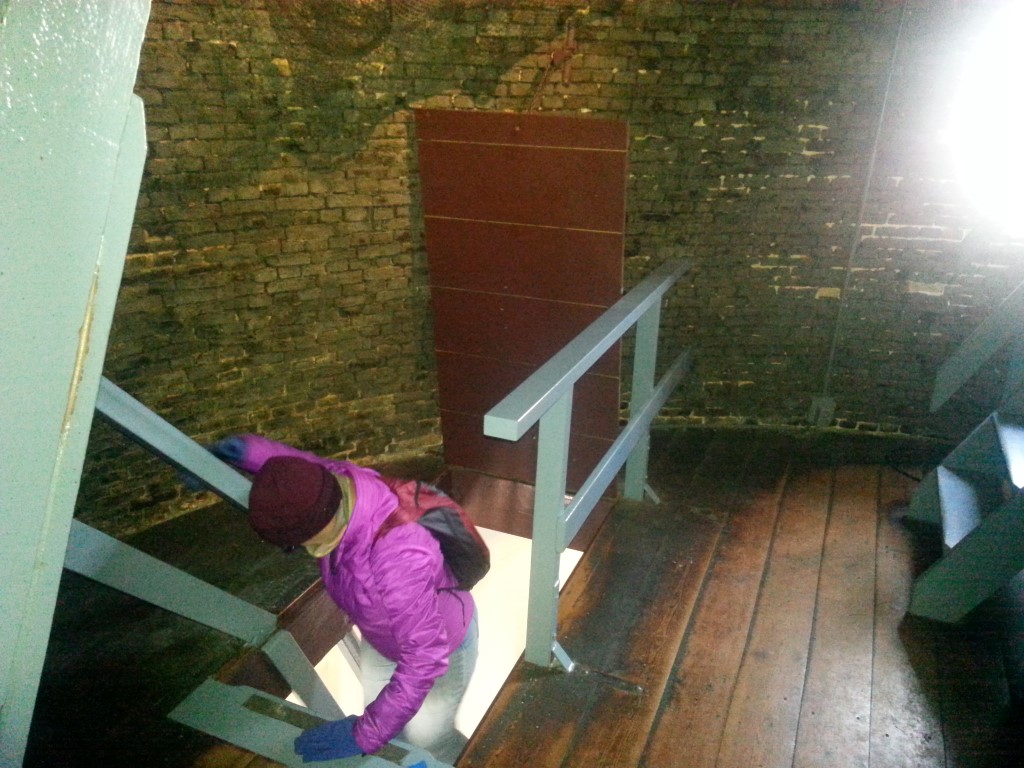
Climbing down one of the Kinderdijk windmill
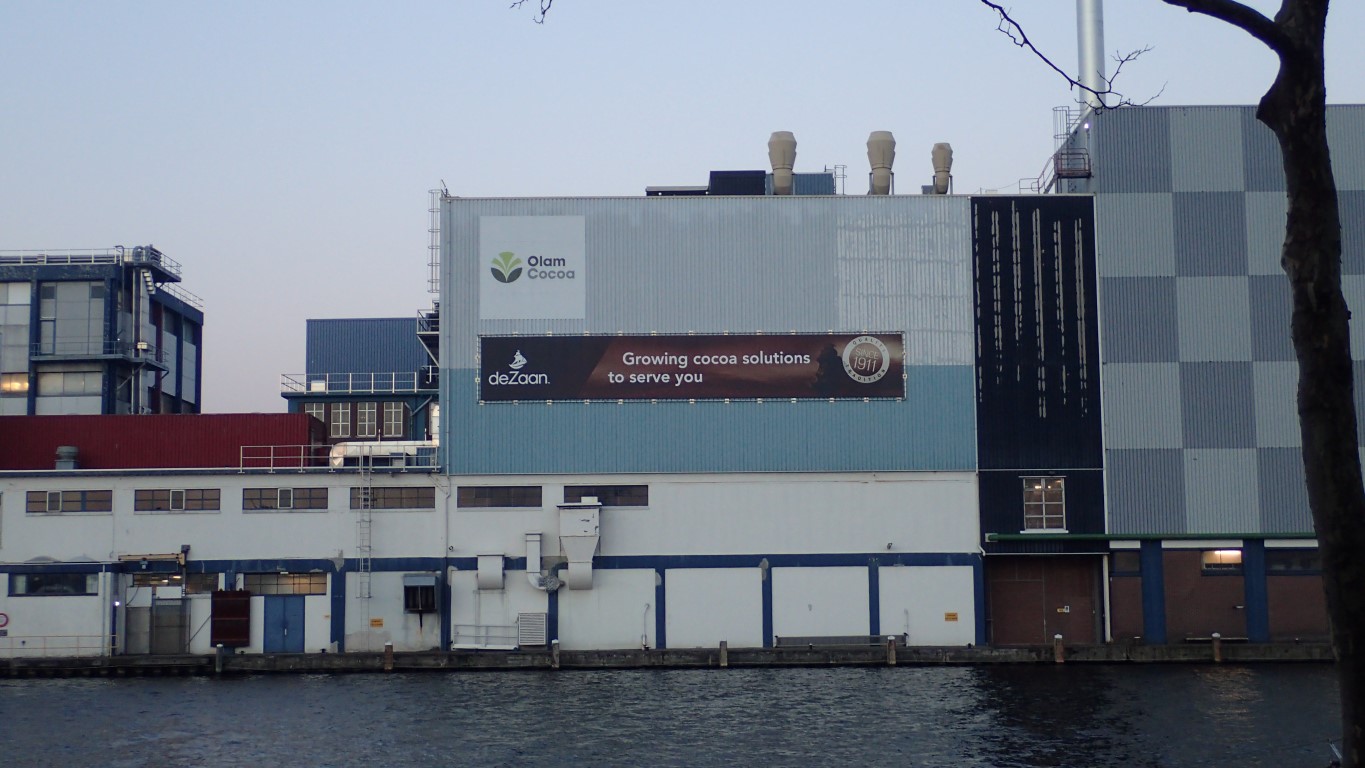
The Cocoa processing factory opposite our AirBnB apartment
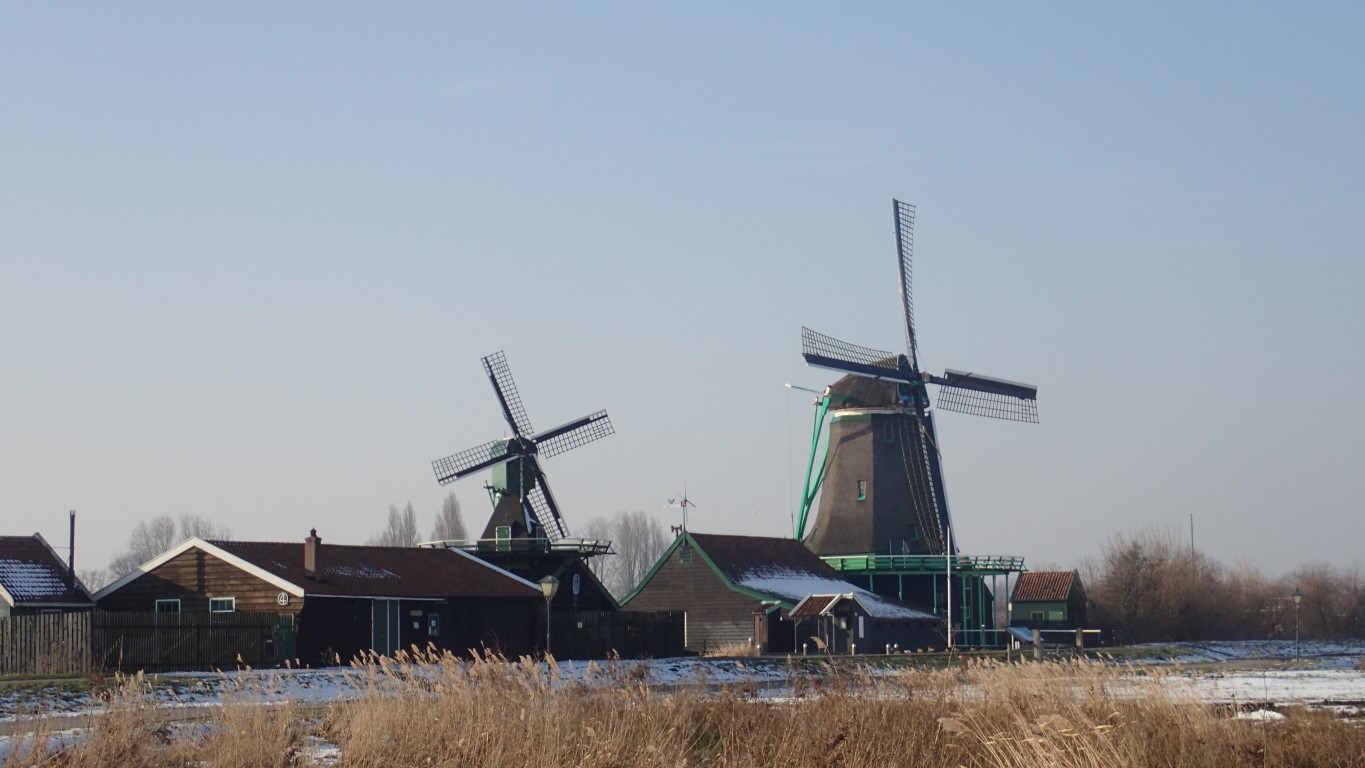
Zaanse Schans windmills

Zaanse Schans windmills
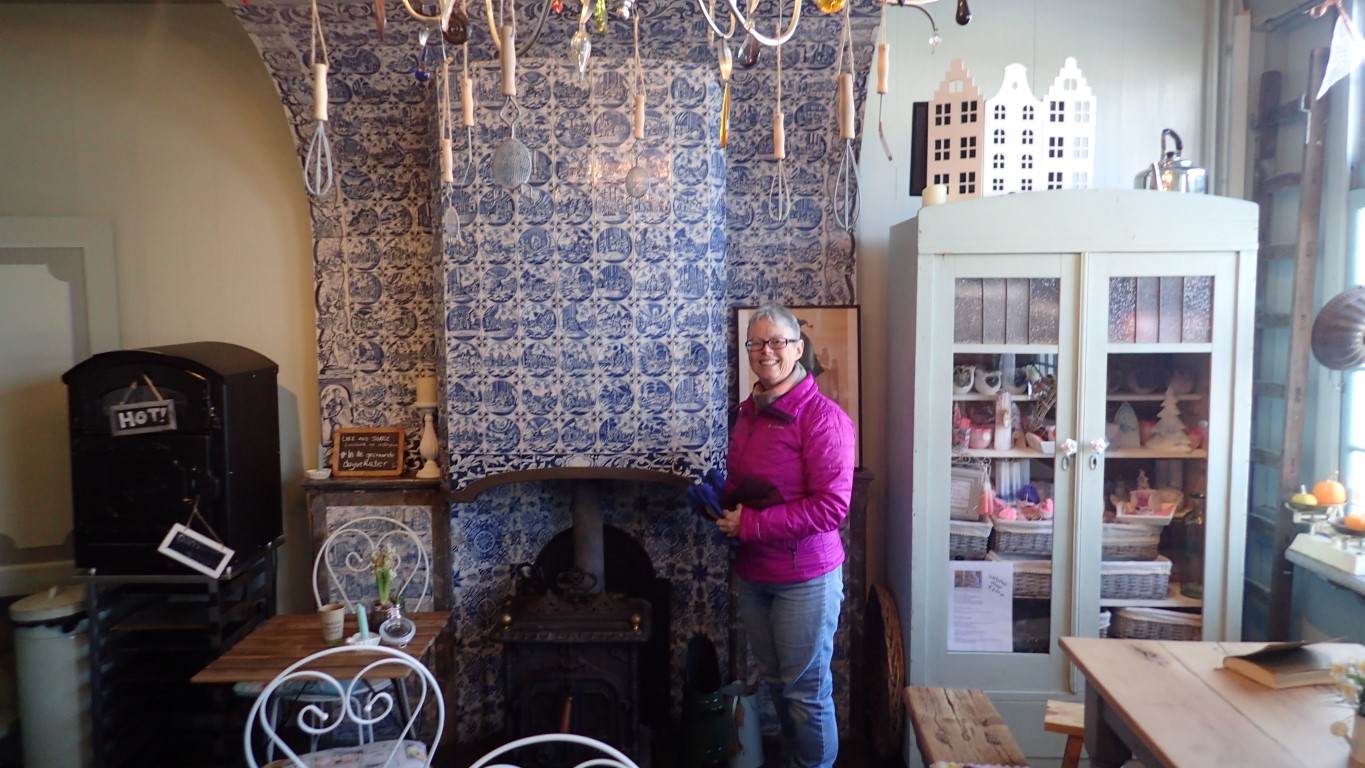
In side the Bakery at Zaanse Schans

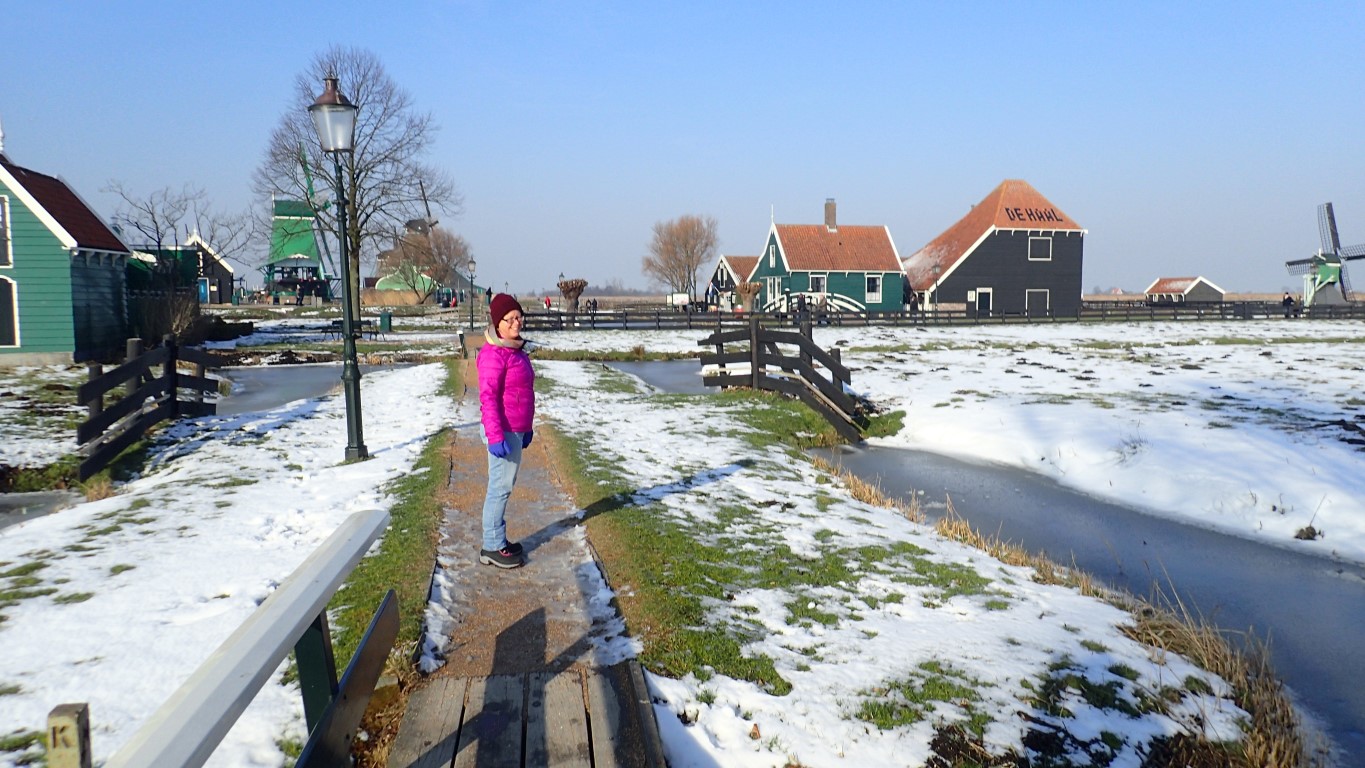
Good pics are the windmills drive by wind or by water does anyone wear clogs any more .
hi Ron, the mills are driven by wind, and yes the millers do wear clogs, but maybe that was more of a touristy thing. I’ve seen other people out and about wearing more modern versions of clogs, not the wooden ones
Hi Judy,
The windmill area certainly looks different in winter minus tourists. I also enjoyed the little village behind them. They mightn,t wear as many wooden clogs but they certainly churn out lots for the tourists to buy.
Now I,ve worked out how it works I am really enjoying reading about your travels. So pleased you managed to see the lights. We saw them in Canada in Jasper National Park when we were camping one weekend back in 1966.